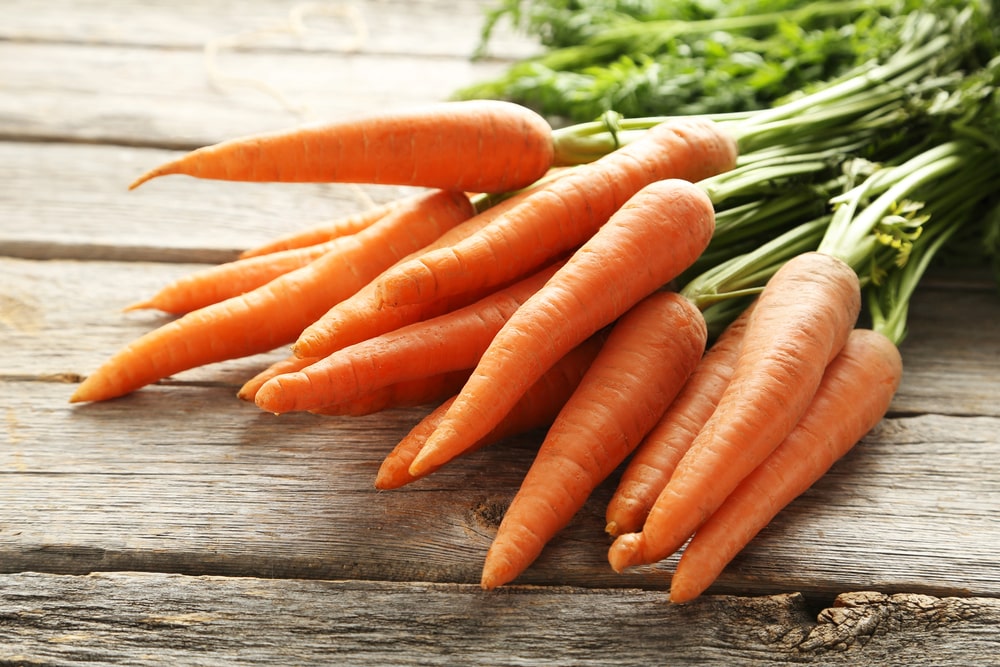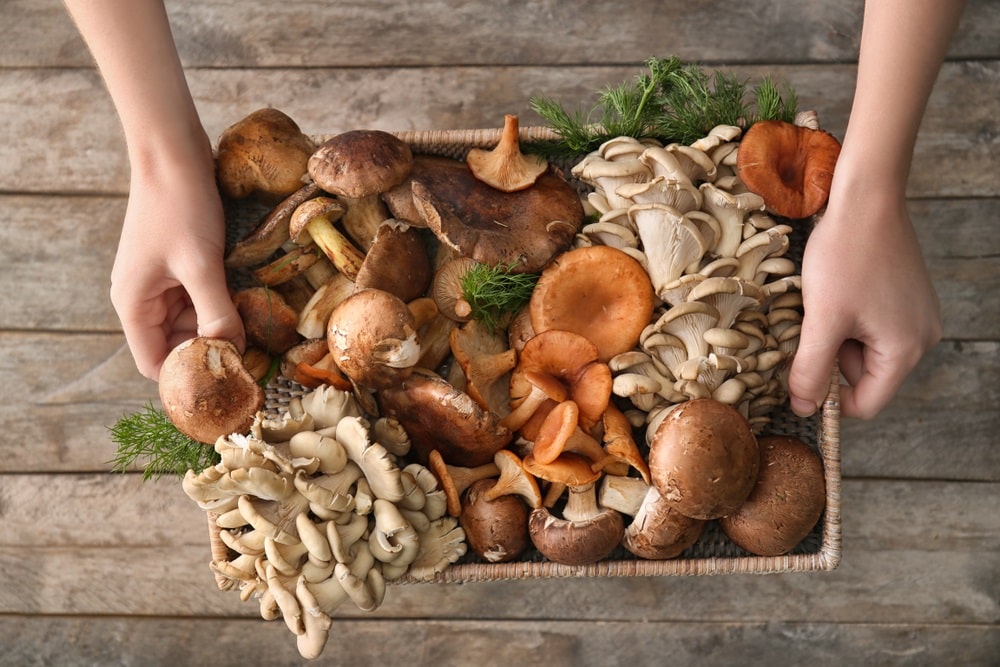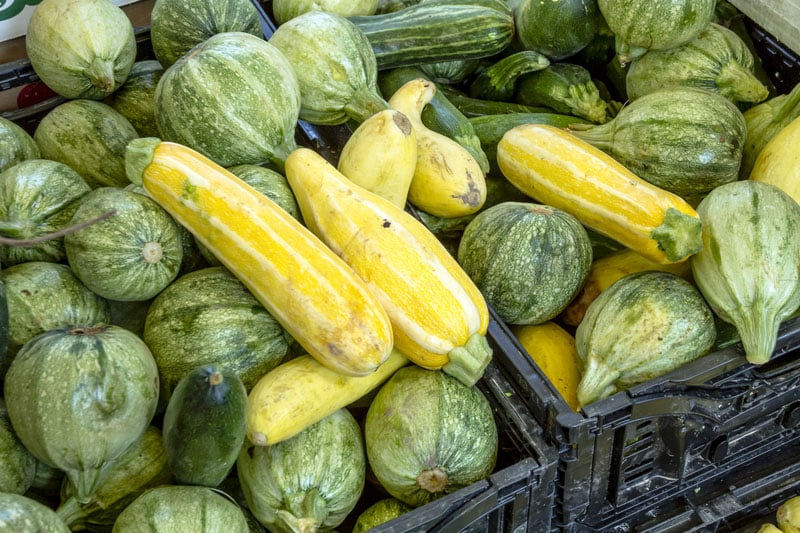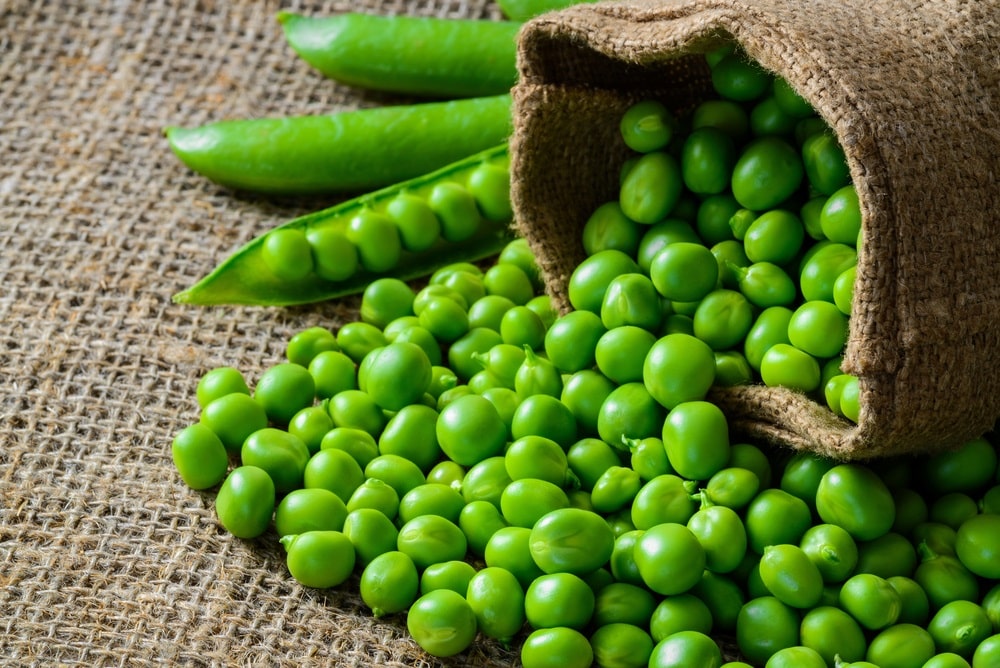
Leafy greens are packed with nutrients and provide numerous health benefits. These vegetables, when consumed, add up to very few calories.
Leafy greens contain vitamins A, C, calcium, and iron. The high fiber content aids in digestion and weight loss.
Due to their various benefits, leafy greens should be part of your diet, but sometimes it can be tricky to incorporate them into meals. Luckily, other options can offer a similar taste.
Continue reading to learn more about several great alternative vegetables that can substitute Leafy veggies.
While compiling this list, we’ve made sure to enlist options as nutritionally dense as leafy vegetables and offer some variety in taste and texture.
What Are The Perfect Substitutes For Leafy Greens?
1. Carrots
Carrots are rich in beta-carotene, fiber, and vitamin A. They can be eaten raw or cooked as a side dish. Grated carrots make a great addition to salads. Carrots can substitute for leafy greens in recipes such as stir-fries, soups, and wraps.
To use carrots as a substitute for leafy greens in stir-fries, slice or dice them into bite-sized pieces and add them to the stir-fry. For soups, grate or chop the carrots and add them at the end.
It’s advisable to avoid overcooking veggies; otherwise, they lose their nutritional properties. For wraps, slice carrots into thin strips or use a grated carrot as a filling.
When substituting carrots for leafy greens, remember that they have a sweeter taste and a firmer texture. Adjust seasonings and cooking times accordingly to suit your taste preferences.
Additionally, the nutritional content may be slightly different – for instance, carrots are higher in carbohydrates and lower in protein than leafy greens.
We hope you remember this the next time you plan meals and balance your overall nutrition intake.
2. Pumpkin
Pumpkin is a versatile and nutrient-packed vegetable often associated with fall and can also be used as a substitute for leafy greens in recipes. It is rich in vitamin A, B1, copper, and folate.
It can be used as a substitute for leafy greens in soups or mashed as a side dish. The high fiber content helps you feel full, and its anti-inflammatory properties make it an excellent addition to your diet.
Pumpkins are a great replacement for greens in stir-fries or sautéed dishes. Simply dice and add to the cooking end to retain its firm texture.
Dice or slice raw pumpkin and add to your mix of salad. Roasted pumpkin slices make a delicious topping for sandwiches or wraps.
When baking, pumpkin puree can substitute for spinach in recipes like spanakopita or lasagna. Overall, pumpkin is a delicious and nutritious substitute for leafy greens in any dish.
Its versatility makes it easy to incorporate into a variety of meals. So next time you think of adding greens to your dish, consider substituting them with pumpkin for a change in texture.
3. Mushrooms
Mushrooms are a great substitute for leafy greens; they have high antioxidant content and can be used as a substitute for leafy greens in salads or sautéed as a side dish.
To use mushrooms as a substitute, slice or dice them and add them to your dish during the cooking process, just as you would with leafy greens.
When selecting mushrooms at the grocery store or market, choose ones that are firm with tight caps. Avoid any with bruises or discoloration.
Using them within a few days is advisable, but they can also be stored in the fridge for a few weeks or even longer if frozen when fresh.
Wide varieties of mushrooms can be used as a substitute for leafy greens, but some popular options include cremini, shiitake, and oyster mushrooms. They can be used in stir-fries, pasta, and as pizza toppings.
4. Radish
Radishes are a good source of vitamin C and have a high fiber content. They can be used as an alternative to leafy greens in salads or roasted as a side dish.
To use radishes as a substitute for leafy greens, simply toss diced radishes with your preferred mix of vegetables and dressing. If you’re looking for a sweet taste, you can always boil/roast the radish for a few minutes to enhance its sweetness.
You can replace lettuce in sandwiches or wraps with thinly sliced radish. The crunch and slightly peppery taste add a unique element to the bread.
Overall, radishes can prove to be a tasty alternative to leafy greens in any dish. So don’t forget to add them to your next grocery list.
5. Zucchini
Zucchini can easily substitute leafy greens in salads or grilled as a side dish. Its anti-inflammatory properties make it a healthy addition to any meal.
To use zucchini as a leafy green substitute, start by trimming off the ends and slicing them into thin strips. It can be consumed raw in salads or lightly cooked using grilling or sautéing.
Similar to Radish, Zucchini can also be used as a substitute for lettuce in sandwiches or wraps. Another option is to spiralize zucchini for a low-carb alternative to pasta.
Top it with your favorite sauce and protein for a satisfying, healthy meal. Always wash your zucchini before using it in any dish to remove any dirt or bacteria. Enjoy this versatile vegetable in place of leafy greens for added nutritional benefits.
Incorporating these substitutes into your diet is a great way to add variety and nutrition to your meals. Explore different ways to prepare and enjoy these substitutes for a well-rounded and healthy diet.
6. Cucumber
Cucumber is a great substitute for leafy greens because it adds crunch and freshness to your meal, along with important nutrients like vitamin K and potassium.
You can use cucumbers in multiple ways, but a fun way of substituting them is by spiralizing cucumber for a fun twist on noodle dishes.
For cooked dishes, lightly sauté the cucumber slices in olive oil and season with salt and pepper for a delicious side dish.
Adding cucumber to your meals not only improves the taste but also boosts the nutrient content and overall healthiness of your meal.
So, give cucumber a try next time you need a leafy green substitute! However, always choose fresh, organic produce for maximum nutrition and flavor.
7. Green Peas
To use green peas as a leafy green substitute, start by defrosting frozen peas or cooking fresh ones until they are tender. Then add them to salads, sauté them with garlic and olive oil, or toss them into your favorite stir-fry.
Green peas contain high levels of Vitamin C, Iron, protein, and fiber. They can also be blended into a dip or pureed soup for added nutrition and texture.
When selecting peas at the grocery store or farmer’s market, look for firm, bright green pods. Avoid wilted or discolored peas, as they may be old and not as flavorful.
As a bonus, green peas have a longer shelf life than most leafy greens, making them a great option for meal planning and prepping.
So next time you need some extra nutrients in your dish, consider swapping out kale or spinach for green peas. Your taste buds (and your body) will thank you.
The Bottom Line
Leafy greens are a crucial part of any healthy diet. Substitutes like radish, zucchini, cucumber, and green peas have similar tastes and offer amazing nutritional benefits too.
Experiment with different ways to prepare these vegetables for a well-rounded and delicious meal. For the best taste and added health benefits, always choose fresh vegetables.
So next time you require a leafy green substitute, consider these options for a tasty and healthy meal.






